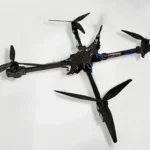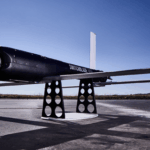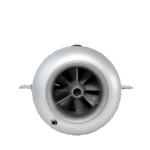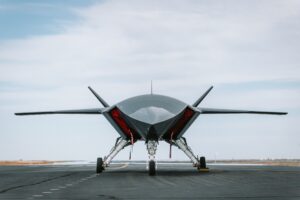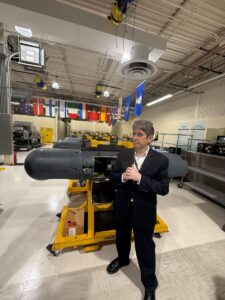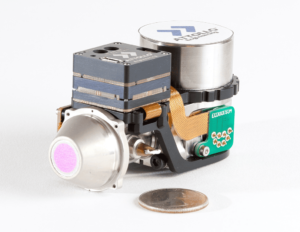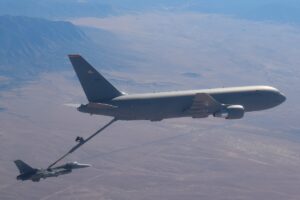
Boeing [BA] on Wednesday reported another charge in its program to develop and produce the Air Force’s new aerial refueling aircraft, although the blemish paled compared to an even heftier reserve the company took related to fixing problems with its 787 widebody commercial passenger jet. The $402 million pre-tax charge on the KC-46A tanker aircraft brings the cumulative value of charges over the life of the program to $5 billion. Boeing prevailed over a team of Europe’s Airbus and Northrop…

 By
By 
